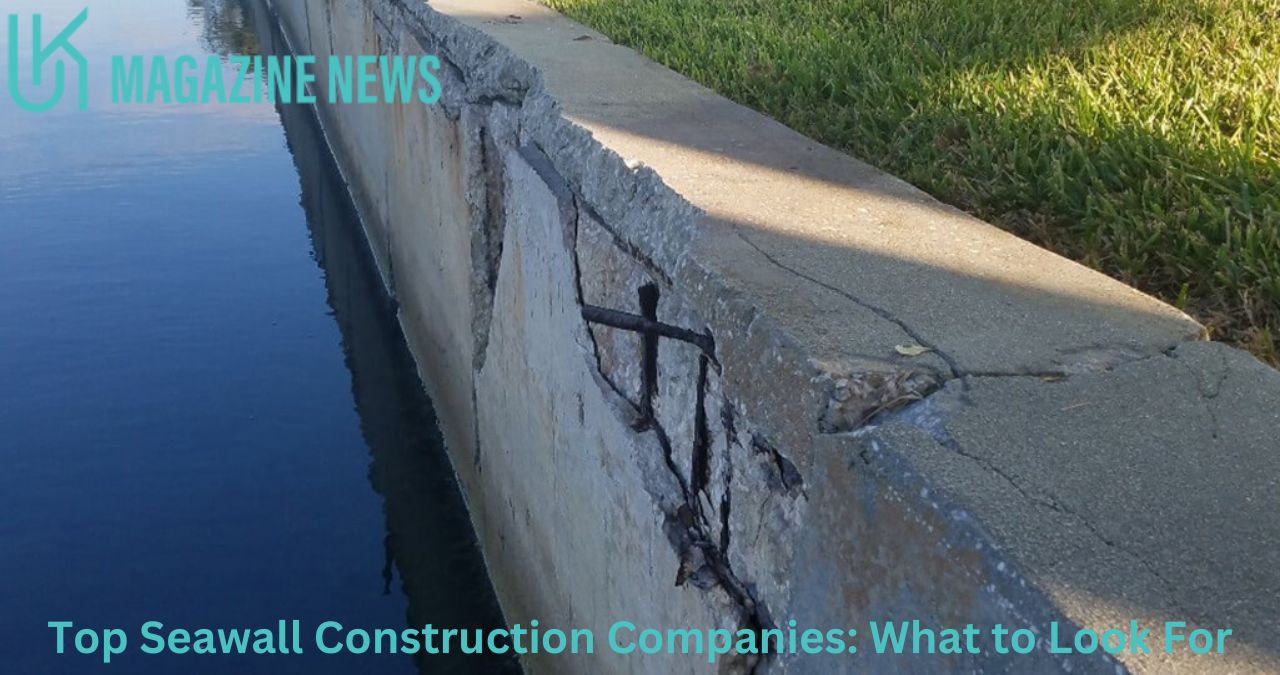A water heater installation inspection is vital in ensuring the proper and safe operation of your new water heater. Whether replacing an old unit or installing one for the first time, understanding the process and knowing what to expect during the inspection can help you feel more confident in the installation. Water heaters play a crucial role in daily living, providing hot water for showers, cooking, cleaning, and other household needs. We will explore the key aspects of a water heater installation inspection by 24-Hour Rooter Man Plumbing and outline the stages involved to ensure your system meets safety standards and functions efficiently.
The Initial Assessment: Verifying Installation Requirements
Before the actual installation begins, the inspection process starts with an initial assessment. This step ensures that the location and setup for the water heater meet all necessary safety and building code requirements. Inspectors will verify whether the water heater is installed in an appropriate space with adequate ventilation and clearance. Some water heaters, especially gas-powered models, require specific distances from walls or other appliances to prevent overheating or fire hazards. Inspectors will also check if the floor can support the weight of the water heater, particularly for larger units. If you’re replacing an old unit, the inspector will likely evaluate the condition of the existing connections, such as gas lines or electrical wiring, to determine if they need upgrading or replacement. This stage is crucial for identifying potential issues before installation begins, helping avoid costly changes or dangerous situations later on.
Inspectors will often review the water heater’s size and capacity to ensure it matches the household’s needs. If a unit is too small, it won’t provide enough hot water, while an oversized one might lead to energy inefficiencies. They will also verify whether the selected model complies with current energy efficiency standards, as modern regulations often require certain energy ratings for new installations. The initial assessment provides a comprehensive overview, ensuring all the necessary conditions are met before installing.
Installing the Water Heater: Ensuring Proper Connections
Once the initial assessment is complete and everything is deemed suitable, the actual installation of the water heater can proceed. During this phase, inspectors will closely monitor how the system is connected to existing utilities like water lines, electrical wiring, or gas supplies. Proper installation of these connections is crucial to ensure the safety and efficiency of the system. For gas-powered water heaters, inspectors will examine gas lines to ensure no leaks, proper shut-off valves are installed, and the venting system is correctly set up to expel fumes safely outside. Electric models will inspect the wiring and circuit breakers to ensure they can handle the load and are connected in compliance with electrical codes.
Inspectors will also look at the water connections, ensuring the cold-water inlet and hot-water outlet are securely fastened and leaks-free. Incorrect installation or loose fittings can result in water damage, inefficient operation, or safety risks like scalding. Another crucial aspect of this stage is the installation of the temperature and pressure relief (T&P) valve. The T&P valve is a critical safety device that releases water if the temperature or pressure within the tank exceeds safe limits. Inspectors will ensure this valve is installed correctly and the discharge pipe runs to an appropriate drainage location. Proper connection and installation at this stage guarantee that the water heater will function safely and efficiently.
Final System Checks: Verifying Safety Features and Functionality
After the water heater is installed and connected to the utility lines, the next step is performing a series of final system checks to ensure everything functions as it should. Inspectors will look at various safety features to confirm that they are operational. This includes double-checking the T&P valve and any emergency shut-off systems for gas and electrical units. Additionally, the inspector will test the venting system on gas-powered water heaters to ensure no harmful gases like carbon monoxide are released into the living space. Proper ventilation is essential to prevent health hazards and ensure the water heater operates safely.
At this stage, inspectors will also evaluate the water heater’s performance. They will check that the unit is heating water to the desired temperature and maintaining an efficient flow rate. This part of the inspection is important for homeowners because it confirms that the water heater will meet daily household demands without issues. Furthermore, inspectors might monitor for potential noise problems or vibrations indicating faulty installation or malfunctioning components. This thorough evaluation helps catch any early problems and ensures the water heater operates smoothly.
A water heater installation inspection is a thorough process to ensure safety, efficiency, and compliance with all necessary regulations. From the initial assessment of the installation site to final system checks and code compliance, each step confirms that your new water heater will function properly and safely for years to come. Understanding what to expect during this inspection can help you prepare for the process and address any potential issues early on. With the right preparations and knowledge, you can ensure a smooth installation that meets all necessary standards, providing reliable hot water for your home.





